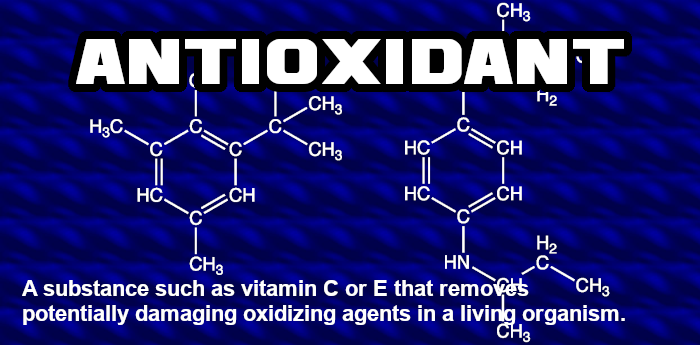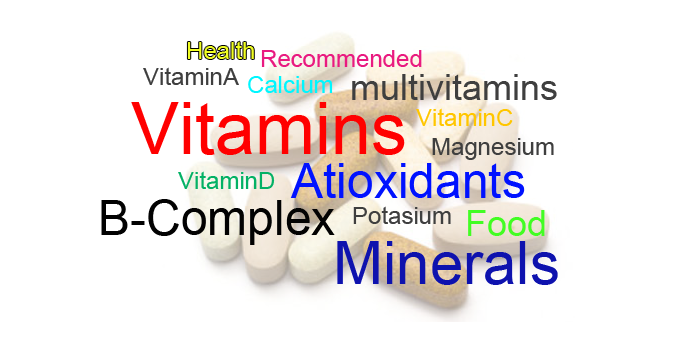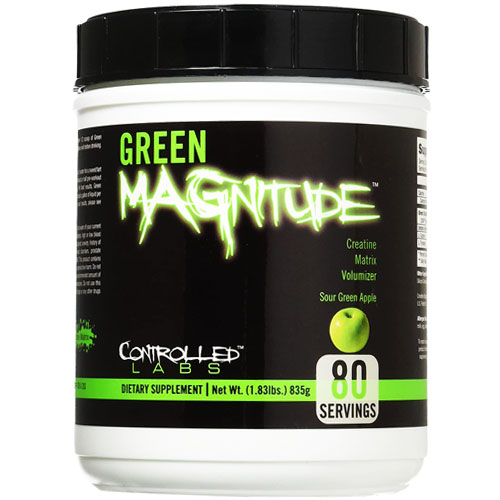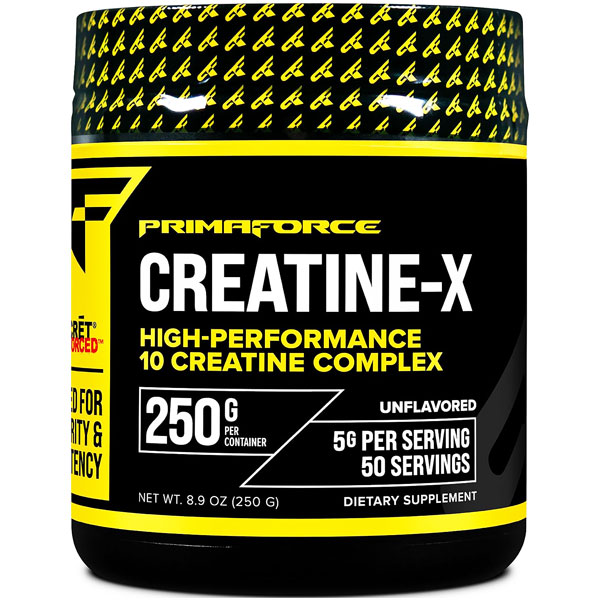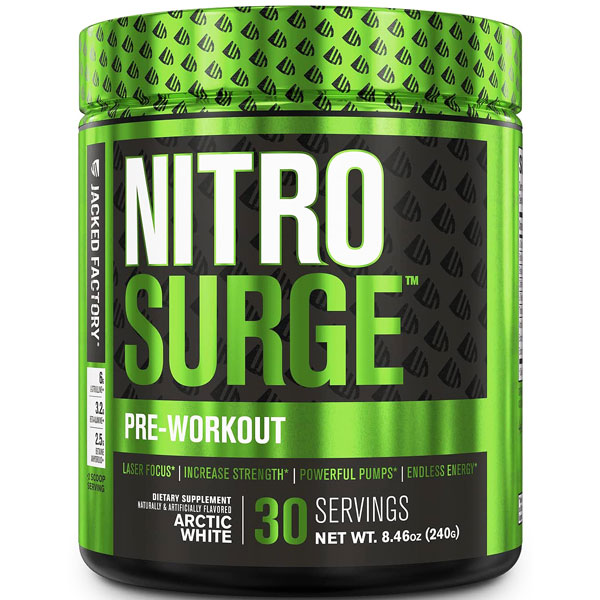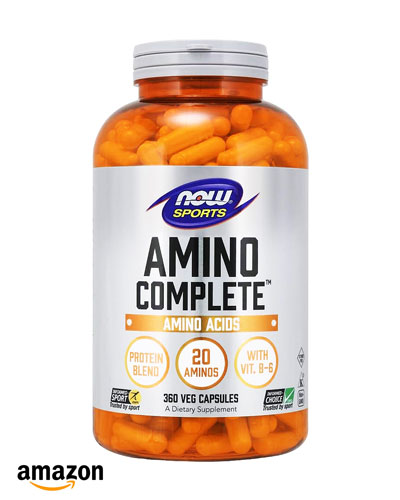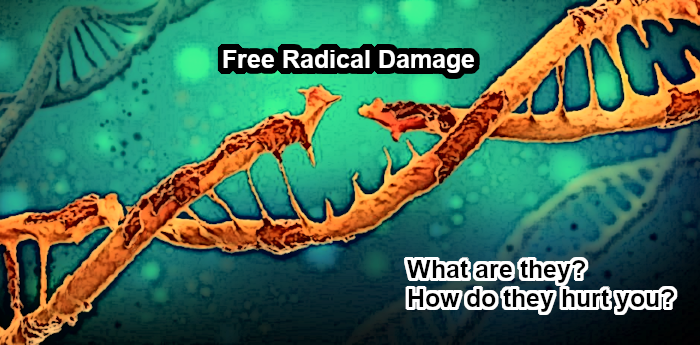

By: Manny Fausett
A type of unstable molecule that is made during normal cell metabolism (chemical changes that take place in a cell)it is these damaged cells that may increase the risk of cancer and other diseases.
D.L.
Perhaps one of the most important topics that are never addressed in any kind of physical exercise is the production of free radicals. Intense physical exercise produces a great deal of free radicals. Free radicals are "just as a piece of metal rusts or an apple turns brown when exposed to air, the human body is vulnerable from contact with air. It's the downside of being an oxygen breather." I couldn't agree more.
If you could view the microscopic world of your body at the cellular level, you'd witness your cells under attack from damaging molecules called free radicals - the natural by-products of your own metabolism. Free radicals are electrically charged molecules that attack your cells, tearing through cellular membranes to react and create havoc with the nucleic acids, proteins, and enzymes inside. These attacks by free radicals, collectively known as Oxidative Stress, are capable of causing cells to lose their structure, function and can eventually destroy them.

Not only does our body normally produce them, but also the air we breathe contains free radicals in the form of toxins and pollution. Can you feel the effect of free racial damage? Not immediately. But unless you take the necessary steps to help counteract the unrelenting attack from free radicals, you run the risk of allowing cumulative damage to the important tissues of your nervous system, joints, internal organs, and blood vessels.
Overall, free radicals have been implicated in the development of at lease 50 diseases! A partial list includes arthritis and other inflammatory diseases, kidney disease, cataracts, inflammatory bower disease, colitis, lung dysfunction, pancreatitis, drug reactions, skin lesions and aging, to mention only a few.
Heart disease and cancer are two of the most widespread diseases associated with free radical damage. Heart disease is the leading cause of death in America today, prematurely killing an estimated one in three Americans. Several factors, such as high blood cholesterol levels, hypertension, cigarette smoking, and diabetes, are chief culprits in the promotion of heart disease but, more and more studies are linking low intakes of dietary antioxidants to an increased risk of heart disease.
Cancer is the second leading cause of death in this country. It is estimated that deficient diet may account for as much as 35% of all human cancers. The amount of antioxidant-rich fruits and vegetables included in one's diet appears to have a significant impact on cancer risk. Many scientific studies have reported that a reduction in cancer risk is associated with a diet high in antioxidants.
Free radical damage has also been strongly associated with the symptoms of chronic fatigue. In the human body, energy comes from the mitochondria, commonly referred to as the energy powerhouses of cells. The mitochondria can be thought of as an energy generator. Any of a variety of factors which cause alterations or disruptions in the workings of the mitochondria may contribute to symptoms of fatigue muscle pain and energy deficiency.
Chronic Fatigue Syndrome and fibromyalgia are both often characterized y symptoms of increased fatigue -especially following physical activity - sleep disturbances, morning stiffness, and widespread deep muscle pain. Some scientists have suggested a relationship between the dysfunction of the mitochondria and these conditions. It is estimated that between three and six million people in the United States are affected by fibromyalgia, with the majority of cases reported in women between 24 and 45.
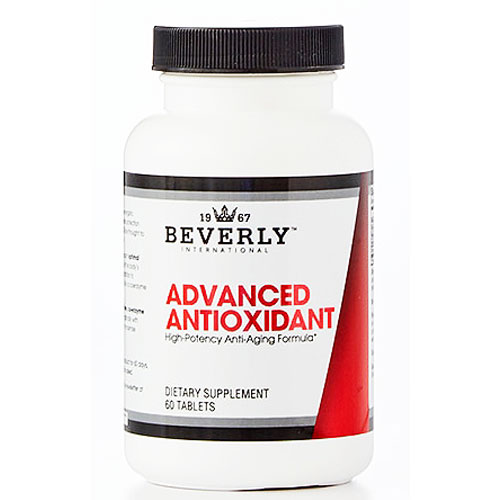
Fortunately, free radical formation is controlled by a complex network of beneficial compounds known as antioxidants. Antioxidants are capable of stabilizing or deactivation free radicals before they attack cells. But providing proper antioxidant protection is a challenge similar to putting a puzzle together. All the necessary pieces must be available and properly combined to create comprehensive and balanced protection. To help you benefit from the antioxidant pieces needed to protect your cells, I suggest that you eat a well-balanced diet rich in fresh fruits, fresh vegetables, and whole grains. Then, if necessary, this should be supported with balanced, comprehensive, and excellent quality antioxidant supplements. Fill out the following Oxidative Stress Questionnaire to help determine whether you may be in need of extra protection.
Free radicals are highly reactive molecules, which have been linked to both heart disease and cancer. A number of factors, including alcohol, stress and environmental pollutants can increase the generation of free radicals in the body. Polyunsaturated fats can also generate free radicals, especially when exposed to heat or sunlight. Because of this it is suggested that vegetable oils should be stored out of direct sunlight. Mono-unsaturated olive oil is less vulnerable to free radical generation and so is a better choice for frying. Anti-oxidants such as vitamins A, C and E offer protection against free radicals. Fresh fruit and vegetables are rich in these anti-oxidants.
| EFFECT OF ANTIOXIDANTS ON CANCEROUS TUMORS |
| Treatment |
Number of animals |
Number of tumors |
| None |
10 |
17 |
| Vitamin C |
10 |
15 |
| Vitamin E |
10 |
7 |
| Beta carotene |
10 |
7 |
| Glutathione |
10 |
6 |
| Mixture (all of above) |
10 |
2 |
| Source: Nutrition & Cancer 20: 145—51, 1993: The effectiveness of a mixture of beta-carotene, alpha-tocopherol, glutathione, and ascorbic acid for cancer prevention. |
As we grow older, our metabolism (the work of producing energy from food and oxygen in the cells) becomes less efficient, increasing our vulnerability to degenerative diseases such as diabetes, heart disease, stroke and cancer. To make matters worse, free radicals, by products of metabolism, wreak their own havoc on the body. These highly reactive, little energy bundles careen around damaging cell structures and DNA that carries the genetic information necessary for cell functions, including making the proteins needed for cell maintenance and repair. Free radicals are thought to be responsible for everything from wrinkled skin to forgetfulness. But the good news is they can be kept in check.
"Aging occurs when things get out of balance in the cells," says Pamela Starke-Reed, Ph.D., director of the office of nutrition at the National Institute on Aging in Bethesda, Md. "Our bodies produce antioxidants as a defense against free radicals, but it's not a perfect system and as we get older, more leakage of free radicals from the cells occur, creating imbalances." Herbs and other green plants, rich sources of free radical-quenching antioxidants, help to shore up the body's defenses. James A. Duke, Ph.D., a world-famous botanical researcher from Maryland swears by common herbs as sources of antioxidant nutrition. "My laboratory at the USDA [United States Department of Agriculture] just completed a study of the antioxidants in common culinary herbs," he reports. "Plants from the mint family -- oregano, rosemary, self-heal, thyme, sage, peppermint and spearmint were the richest sources. Oregano topped the list, with the herb self-heal second. We also saw that the weedier [wilder] the plant, the higher the antioxidant level." Most plant's antioxidants are in the leaves where photosynthesis takes place. Plants take carbon dioxide and water out of the atmosphere and make sugars and oxygen. Plants need oxygen and sugars to live, just as we do, but in the process free oxygen radicals are produced that damage plant cells. Plants protect themselves from damage by making antioxidants in the leaves to "quench" free radicals. This may be why people who eat diets high in leafy vegetables, salads and teas are less prone to cancer, heart disease, and cataracts and auto-immune diseases common in later life.
Declining mental acuity is one of the most dreaded aspects of growing old. Alzheimer's disease, the "long good-bye" that afflicts former President Ronald Reagan, is especially terrifying because it slowly devastates its victim, robbing them of their judgement and memories. While genetics plays an undeniable role in determining who will succumb to security and who will retain his or her mental capacities, herbs offer valuable protection. To stay mentally sharp, Duke makes a drink he calls "Alzheimeretto." It can be used as a beverage or even as a bath ingredient because many of its antioxidant compounds can be absorbed directly through the skin. The drink is made by steeping together several sprigs of rosemary. Duke says rosemary has about two dozen different antioxidant chemicals that have a similar effect to those in the latest drugs being used to treat Alzheimer's disease.
Other antioxidant-rich herbs he includes are oregano, self-heal, horse balm, mountain mint, spearmint, caraway, dill and fennel. These herbs all contain chemicals that prevent the breakdown of the brain chemicals acetylecholine and choline, compounds in short supply in the brains of Alzheimer patients. These chemicals are messengers that prompt muscles in the heart, blood vessel and stomach walls to contract. The pharmaceutical agents prescribed for people with Alzheimer's disease are designed to stop or slow the breakdown of these chemicals in the brain and are a hot research topic in neuropharmacology. Duke, however, thinks his drink may contain a greater variety of active agents and be safer. Nonetheless, he cautions, that he is not recommending that anyone follow his prescription until research validates his assumptions.
Michael Murray, N.D., a professor of natural medicine at Bastyr University in Seattle and author of The Encydopedia of Nutritional Supplements (Prima, 1996), recommends Gingko biloba to all of his patients over 40. Gingko improves the central and peripheral nervous system's functioning, mental acuity and balance, impotence, macular degeneration of the eye and general circulation. "People who take this herb feel more alert, happier and have an improved sense of well-being. At least 300 [European] scientific studies back up the benefits of gingko. There are no major counterindications," says Murray.
I would like to thank all the above contributors for making the publishing the above information. I did nothing but place this information in a different venue for the dissemination of what I consider important information to benefit all the life styles that read Bodybuilding.com. The research above still has some ways to go, but the benefits are immeasurable because they deal with issues, which not only elongate life, but also greatly improve the quality of life. As the great Walt Whitman states in a perennial favorite poem: "Life exists and identity, the powerful play goes on, and you may contribute a verse." Well said, Mr. Whitman.
Good luck and best wishes,
Tags: Athlete Nutrition Supplements General Health Whole Foods
Send Us Your Comments:
Free Radical Scavengers - Comments
Related Articles
Comments:
- Thomas093455: Important topic very few discuss, good article - 03/01/24

 Nutrition Books
Workout Accessories
Videos
Workout Music
Nutrition Books
Workout Accessories
Videos
Workout Music
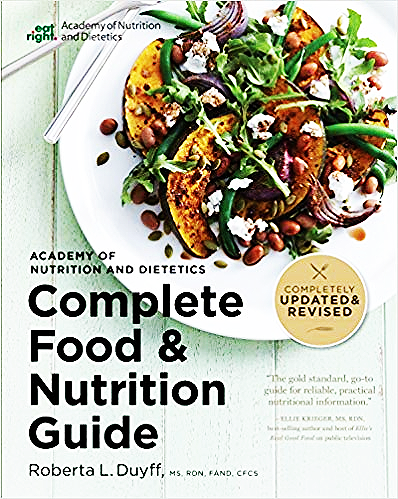

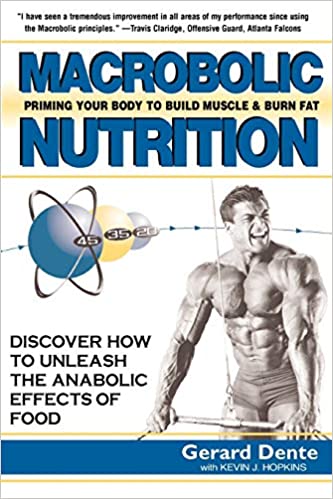

 By: Manny Fausett
By: Manny Fausett


